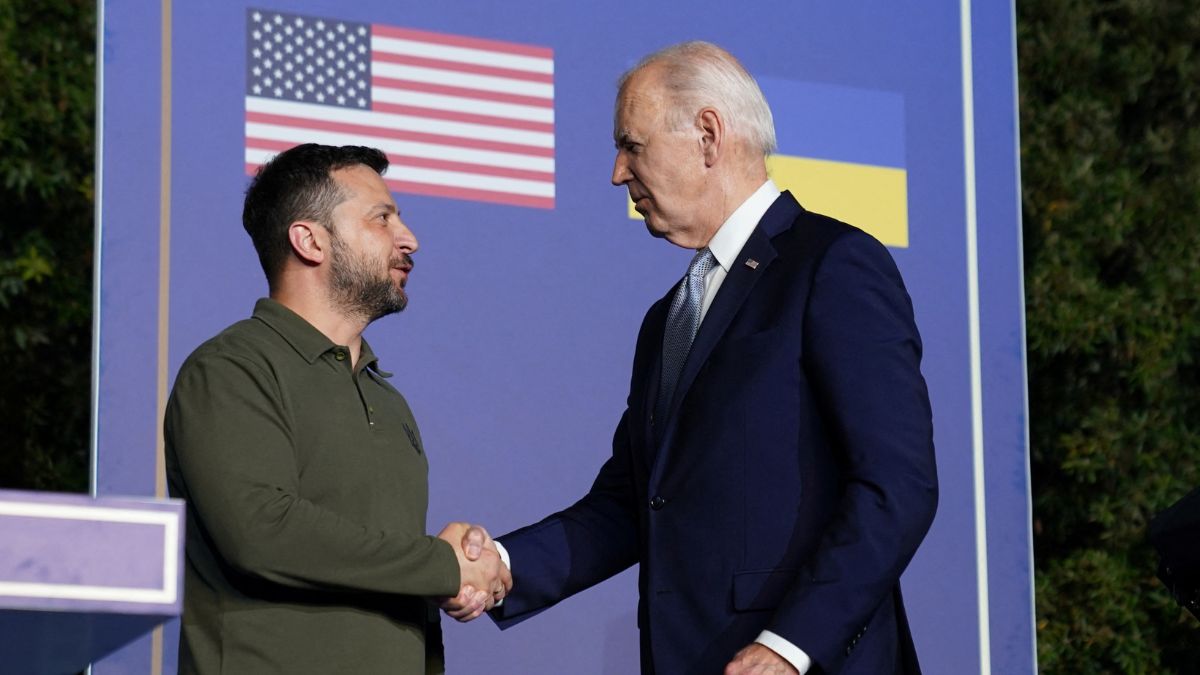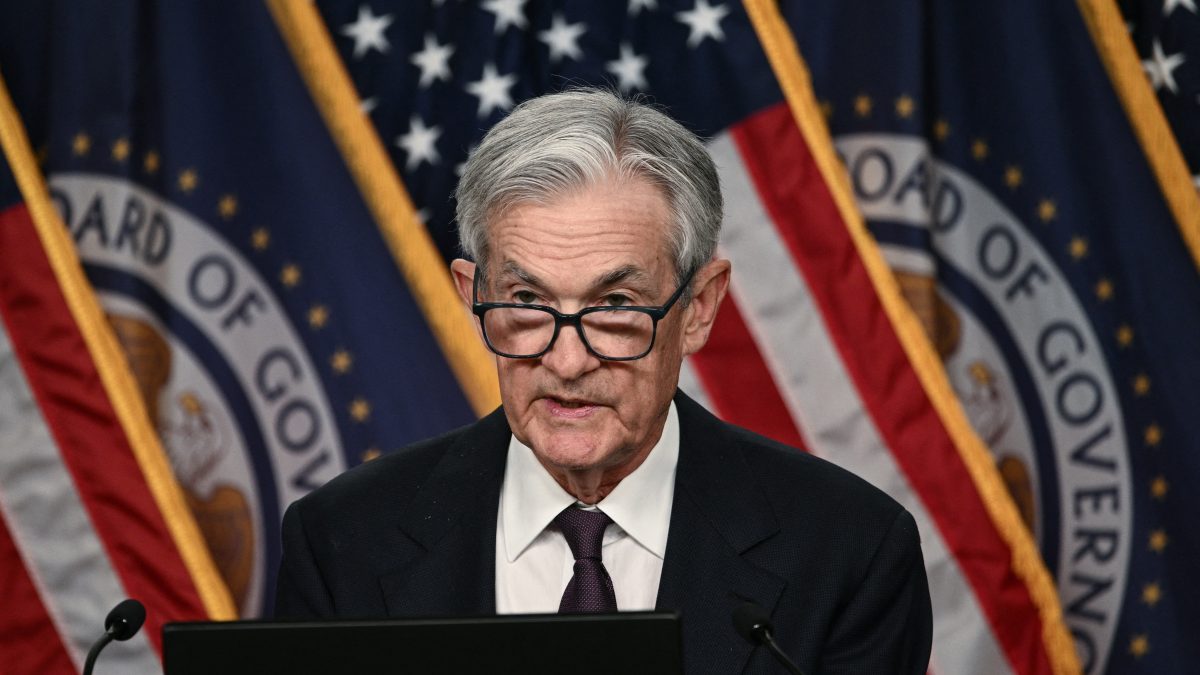United States President Biden has approved the use of the Army Tactical Missile Systems (ATACMS) by Ukraine to target sites deep within Russian territory. This marks a significant change in Washington’s previous stance, which limited Ukraine to using US weaponry only within its own borders or occupied areas.
The ATACMS missiles, capable of striking targets up to 300 kilometres (186 miles) away, are expected to be deployed primarily in the Kursk region, where Ukraine holds over 1,000 square kilometres of territory and where North Korean troops have reportedly been stationed to support Russian forces.
Biden’s decision comes as Russia escalates its aggression, including a massive drone and missile attack targeting Ukraine’s energy infrastructure, described by officials as the largest in recent months.
Ukrainian President Volodymyr Zelenskyy expressed his frustration over prior constraints on Ukraine’s defence capabilities, saying: “Strikes are not made with words. The missiles will speak for themselves.”
The US move follows months of Ukrainian and Western appeals to lift the restrictions, which were seen as a hindrance to Ukraine’s ability to protect its cities and energy grid from relentless Russian bombardments.
What is behind Biden’s decision?
North Korean troop deployment in Ukraine
The backdrop to this decision includes the deployment of thousands of North Korean troops to assist Russian forces. Reports indicate that as many as 12,000 North Korean soldiers have been stationed near the Kursk border, a region contested by Ukrainian forces.
These troops, along with significant supplies of North Korean munitions, aim to bolster Russia’s efforts to reclaim territory lost to Ukraine in recent counteroffensives.
North Korea’s involvement has been a source of alarm for Washington and Kyiv, with analysts warning that it signals a troubling deepening of military collaboration between Moscow and Pyongyang.
Impact Shorts
More ShortsThe deployment was a key topic of discussion during recent meetings between Biden and the leaders of Japan, South Korea, and China at the Asia-Pacific Economic Cooperation summit in Peru.
Donald Trump 2.0 in a few weeks
The timing of Biden’s decision is also critical, with US President-elect Donald Trump set to take office in January. Trump’s campaign promises to bring a "swift end" to the conflict have raised concerns among Ukraine’s allies about whether the US will maintain its robust support for Kyiv.
Trump has hinted at pressuring Ukraine to cede some territory to Russia as part of a negotiated settlement, a prospect that many believe would embolden Russian President Vladimir Putin.
America remains Ukraine’s most important ally, having provided over $56.2 billion in security assistance since the full-scale Russian invasion in February 2022.
However, Trump has repeatedly criticised Biden’s administration for its extensive military aid to Ukraine, casting doubt on the sustainability of this support under his leadership.
How may Biden’s decision impact the war in Ukraine?
While the exact number of ATACMS missiles being supplied remains undisclosed, analysts agree their use will likely compel Russian forces to reposition their assets deeper within their borders.
Western intelligence suggests that hundreds of Russian military targets could fall within the range of these missiles. However, questions remain about whether the limited supply of ATACMS will be sufficient to significantly alter the battlefield dynamics.
Zelenskyy has consistently argued that the long-range capabilities of weapons like the ATACMS are vital for disrupting Russian logistics and command chains.
US officials have acknowledged that even a few successful strikes could force Russia to divert resources, providing Ukraine with a tactical advantage.
How has Moscow reacted to Biden’s decision?
The Kremlin has yet to issue an official response, but Russian lawmaker Maria Butina warned of dire consequences, stating, “These guys, Biden’s administration, are trying to escalate the situation to the maximum while they still have power. This decision risks the start of World War Three, which is not in anybody’s interest.”
Russian President Vladimir Putin had earlier cautioned that allowing Ukraine to strike Russian territory with Western weapons would constitute “the direct involvement of NATO countries” in the conflict, potentially escalating it to a broader confrontation.
He also suggested that Moscow might respond by providing its own long-range weaponry to adversaries of the West.
Will the Russia-Ukraine war escalate now?
The Biden administration had long resisted providing long-range missiles to Ukraine, fearing that such a move could provoke an escalation. This caution was rooted in concerns over a potential direct confrontation with a nuclear-armed Russia.
However, many analysts and policymakers have argued that limiting Ukraine’s capabilities was an arbitrary decision born out of fear.
Former US ambassador to NATO Kurt Volker stated, “By restricting the range of Ukraine’s use of American weapons, the US was unjustifiably imposing unilateral restrictions on Ukraine’s self-defence.”
Will Biden’s decision prompt EU allies to do the same?
The approval of ATACMS could have a ripple effect, potentially leading other Western allies, such as the UK and France, to authorise the use of their long-range missiles, including the Storm Shadow.
These systems, comparable to ATACMS in range and capability, could further bolster Ukraine’s ability to strike critical Russian targets.
The decision also reflects a broader trend in the US response to the war. Initially hesitant to supply advanced weaponry, Washington has gradually provided systems such as Patriot air defences , F-16 fighter jets, and advanced tanks, albeit after prolonged deliberations and under pressure from allies.
As Biden’s administration seeks to maximise support for Ukraine before Trump takes office, the focus is on strengthening Ukraine’s position both militarily and diplomatically.
Yet, the looming possibility of a shift in US policy under Trump creates significant uncertainty about the future trajectory of the war.
Also Watch:
With inputs from agencies


)

)
)
)
)
)
)
)
)



